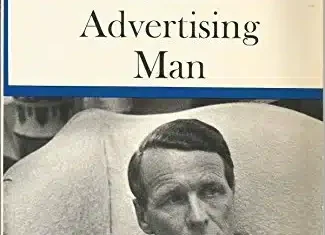People value money but they also value time, and if your service can be faster and/or more responsive customers are willing to pay more. Disney’s “Lightning Lane” (formerly “FastPass”) is proof of this — millions of people pay billions of dollars every year just to get in the park, and a huge percentage of them are willing to pay more in order to save time in line. I know the times that we’ve gone we always purchased the pass, and the time saving were worth it to us.
Or look at the popularity of Chick-fil-A; even if it’s packed, you know that their drive-thru is generally the fastest in the industry. Other fast food restaurants are more hit-or-miss, so even if McDonald’s has a shorter line, you’re more confident that the line at Chick-fil-A will move quickly. It also helps that their food is fantastic!
Expectations matter
As Jay Baer shared in a recent conversation with Jason Falls, expectations are the key to this because raw speed matters a lot. At 59 seconds per car Chick-fil-A is considered fast, but so is someone that can remodel your entire kitchen in just one week. You’d still consider that a “fast” time for a remodel even though it takes more than 10,000 times longer than the drive-thru at Chick-fil-A. It’s all relative.
In our case, we share expectations as early as we can. We take the time to do things right, and while we’re fast inside of that process, we’re still slower than other companies that take a different approach to web development (they might use templates, for example).
Too fast is still too fast
That said, things can happen too quickly. As Jay shared in the podcast with Jason, there are times when speed can be so good that it’s worrisome. If you sit down at a restaurant to order food and it shows up in 30 seconds, that’s not making you happy; it’s creating more questions.
Measure it
The other point I loved from Jay and Jason was the idea of measuring your results. If someone walks out of your restaurant because things were too slow, there’s no easy way to measure it because it won’t show up in their data at all. In our case, we measure things in three different areas, with different levels of precision.
- Email: Our team all makes sure to hit inbox zero every day, so that every client or lead that reaches out to us will have some kind of response and won’t be left wondering what happened. I can’t get more precise data with this one at this point, but hitting zero once a day is far above the average.
- Help Tickets: This is one that we measure a lot more, but we also wrap in proper expectations. We tell clients that all help tickets will be answered “within one business day”, and we always hit that, but our typical time is more like 30 minutes (32:52 in the past week right now). Knowing that they’ll get a fast response when trouble comes helps to give people much better peace of mind.
- Web development: Our typical web project takes 4-6 months — that’s not “fast” compared to some, but it depends on expectations and need. If clients absolutely need something more quickly, I can find other agencies that can do it differently and finish more quickly. For those that do choose us and are responsive as well, we almost always finish in a shorter period of time than promised.
Speed and responsiveness are a great way to show you care, which is an advantage in virtually any business. If someone needs help and you can solve their problem quickly, you become a valuable asset to them. Check out Jason and Jay’s full discussion here.




